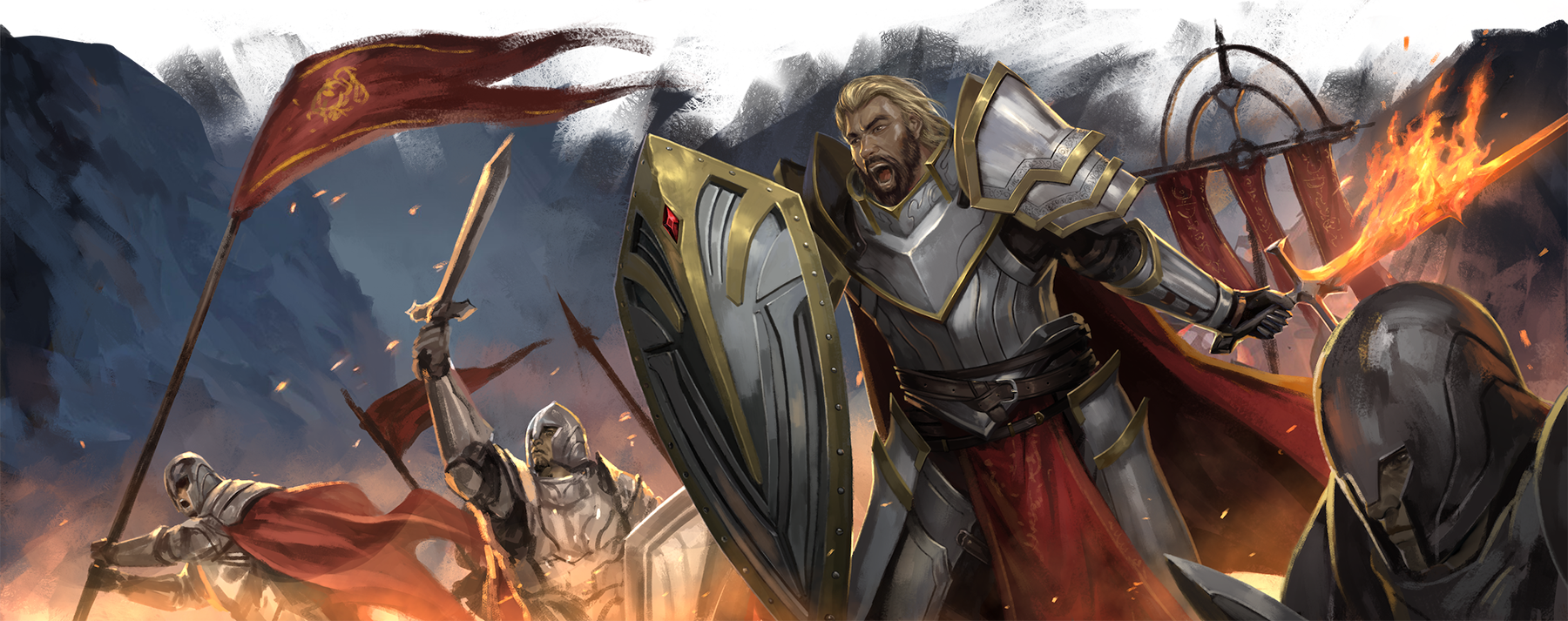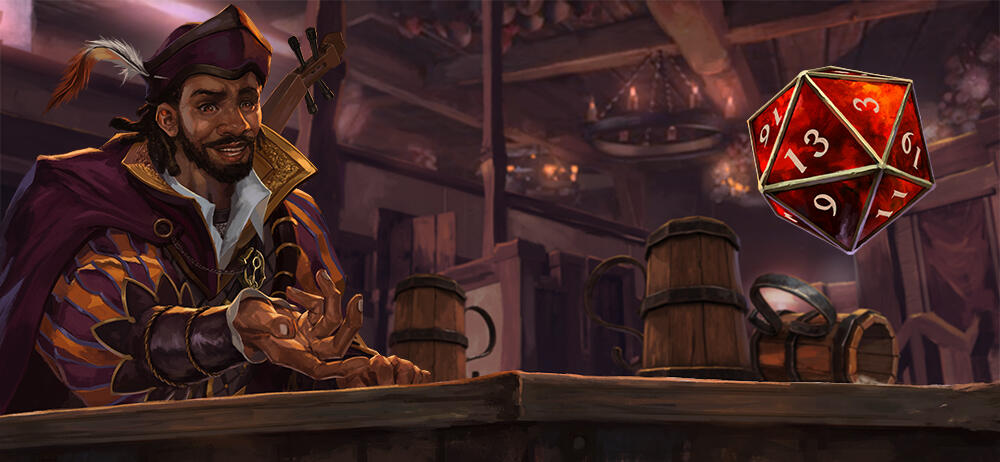Beard Styles of the American Frontier
Think of the American Frontier: wild, rugged, untamed mountains and forests and deserts and plains stretching as far as the eye could see. Brave and intrepid explorers heading westward in search of new lands and new opportunities. The era beginning in the early 17th century marked a mass migration and settlement. However, it was also a landmark chapter in the history of the American beard.
Far from the eastern centers of civilization – where the remains of the English fresh-faced culture remained – the bands of adventurers found themselves free to explore, live, and grow their own beards.
And so, they did – the “Mountain Men” of this period were often marked by unusual beards, whether it was the sheriff’s trusty mustache or the chin beards common in the era. Learn about the old-fashioned beard styles of the American frontier, from the full beard to the Van Dyke.
Full Beard

The full beard is a timeless symbol of rugged masculinity, especially prominent among the men of the American Frontier. In an environment where grooming tools were scarce, and survival was paramount, the full beard emerged not just as a style choice but as a practical adaptation to the harsh, unforgiving climate.
The settlers and explorers of this era embraced the full beard. This natural, untrimmed style became synonymous with the hardy, resilient spirit of the frontier men. The full beard was more than just facial hair; it was a statement of self-reliance and independence.
The legendary explorer Joseph Walker spent his life fur trapping and scouting to fund his explorations westward. He sported a long, thick, wizened beard. He wasn’t alone. The naturalist, author, and environmental philosopher John Muir (John of the Mountains) also wore a long beard. It was a statement of his passion for wilderness and the American West.
Chin Curtain

This chin curtain is an unusual beard reserved for the Amish today. It’s rare to see someone go all in on a beard without also committing to a mustache. Indeed, this style involves growing a beard along the jawline and completely covering the chin, but without a mustache or hair on the cheeks.
Often associated with figures like Abraham Lincoln, the chin curtain also represented a distinctive personality during the Frontier era. There were also practical reasons: chin curtains required less maintenance than fully shaving but produced minimal irritation. It was also a form of individual expression.
Jim Bridgers of the Rocky Mountain Fur Company famously wore a chin curtain beard. He was the first Anglo-American to see the Great Salt Lake, erroneously concluding he had reached the Pacific. Later, when the fur trade declined, he rebranded himself as a trader and wilderness guide.
Goatee

The goatee is another facial hair style that found its place on the American Frontier. Unlike the full beard or chin curtain, the goatee involves hair growth around the chin area, accompanied by a mustache that connects to the chin hair.
It’s the middle ground between going full wild man and retaining a sense of civilization. It was a nod to the cultured societies back east while still embracing the rugged individualism of frontier life. Still, it was surprisingly popular, found in everyone from intellectuals and artists to gunslingers and prospectors.
The only downside was maintenance – it’s hard to achieve the correct and balanced look with nothing but a small mirror and a razor blade out in the woods.
Sideburns

Sideburns are an all-American facial hair style that left their mark on the American Frontier. Named after the American Civil War general Ambrose Burnside, this distinctive beard style involved thick sideburns connected to a mustache (but without a connecting chin beard). Due in part to the general, it became popular thereon out.
On the frontier, sideburns could range from thin strips of hair extending from the hairline down the face to thick, wide patches of hair that were a statement in themselves. For the men of the frontier, sideburns could serve practical purposes, such as offering some warmth and protection from the elements, while also being easier to maintain than a full beard.
Interestingly, it’s also the exact reverse of a chin curtain – what that says about the two kinds of men who wore them is anybody’s guess. Still, it’s an interesting contrast, nonetheless.
Mutton Chops

Mutton Chops and sideburns are often confused – in many ways, they’re the same thing. But, where the sideburn is a more subtle affair, the mutton chop goes all in. Think: less Elvis Presley and more Hugh Jackman’s Wolverine.
Despite its unusual appearance, the beard style was wildly popular throughout the 19th century; everyone from Wilhelm I to German inventor Werner von Siemens donned this bizarre facial hair style.
On the frontier, mutton chops were also seen on the odd man. We tend to think of our ancestors as sensible and orderly. Even those adventurers who went westward still clung to an American creed, we assume. But every generation has its rebels and wild cards. Mutton chops could serve as a visual marker of a man’s boldness and readiness to stand out from the crowd. Plus, they’re pretty warm during the frigid winter months and protect against sand and snow.
Van Dyke

Source - gothicwestern.com
The Van Dyke beard, named after the 17th-century Flemish painter Anthony van Dyck, is a style consisting of a disconnected mustache and goatee, with the cheeks left clean-shaven. Unlike many of the other styles on this list, the Van Dyke is refined – it was common among certain European cultures and was the mark of the aristocrat.
Sometime in the 19th century, the style caught on in the Western frontier, perhaps due to French influence in the region. Notable soldiers like Major General Winfield Scott Hancock and General George Armstrong Custer wore prominent Van Dyke beards. Interestingly, both men had some experience as cavalrymen – particularly Custer – and there appears to be some link.
Buffalo Bill – the hero of the Old West – also wore an extremely thick Van Dyke beard throughout his days in the West and up until his death in 1917.
The Classic Mustache

The classic mustache is a mainstay of the frontier period. Everyone from sheriffs to traders to explorers donned a little upper lip hair. It was sort of like dipping your toe in the wild. Unlike its contemporary, the handlebar mustache, the classic mustache is typically less stylized and easier to maintain, making it a practical choice for the diverse range of men who ventured into the American Frontier. Nevertheless, the length and thickness depended on personal preference.
On the frontier, the classic mustache could serve multiple purposes. It offered a degree of facial warmth and protection while also providing a way for men to groom themselves with a touch of style without the commitment required by a full beard or more elaborate mustaches.
The Next Chapter in the American Beard
Fancy exploring the past through a little bit of beardcraft? Maybe you want to grow the refined Van Dyke or go full adventurer with a rugged full beard. However, what was acceptable out in the untamed wilderness of the American West isn’t necessarily acceptable today. You need to stay well-groomed – regardless of your beard style or length.
That’s where Beard Sorcery comes in. Our collection of beard oils, creams, and balms; mustache products; and beard tools allow you to groom and shape your beard into a style of your choosing while keeping the hair soft and nourished. All our products are natural, handmade, and 100% cruelty-free.
Get ready to experience the magic – explore our beard products today.


No comments yet…